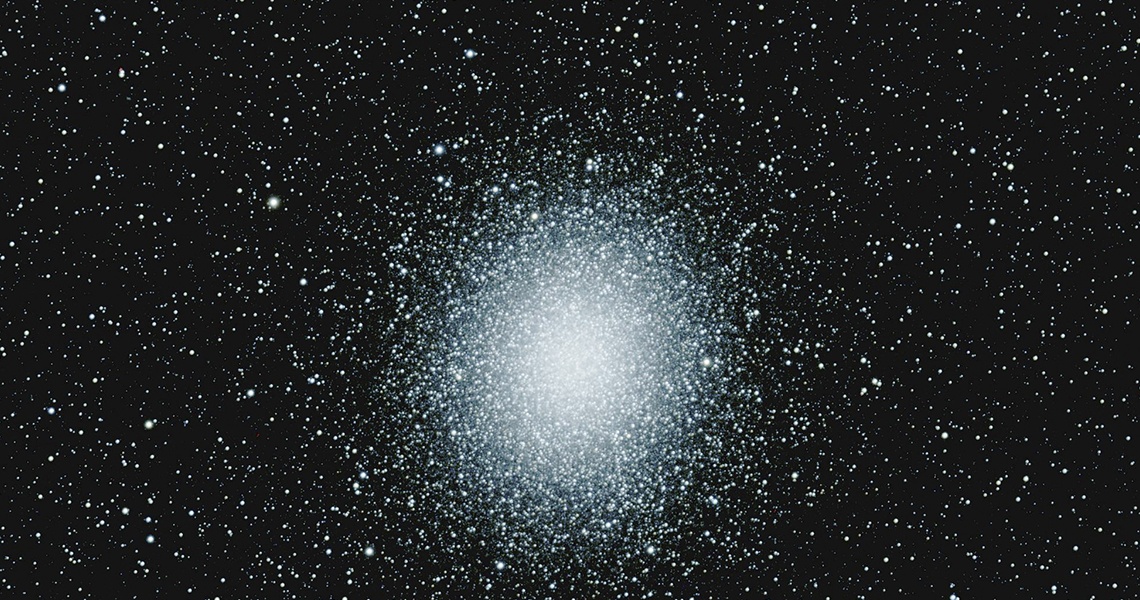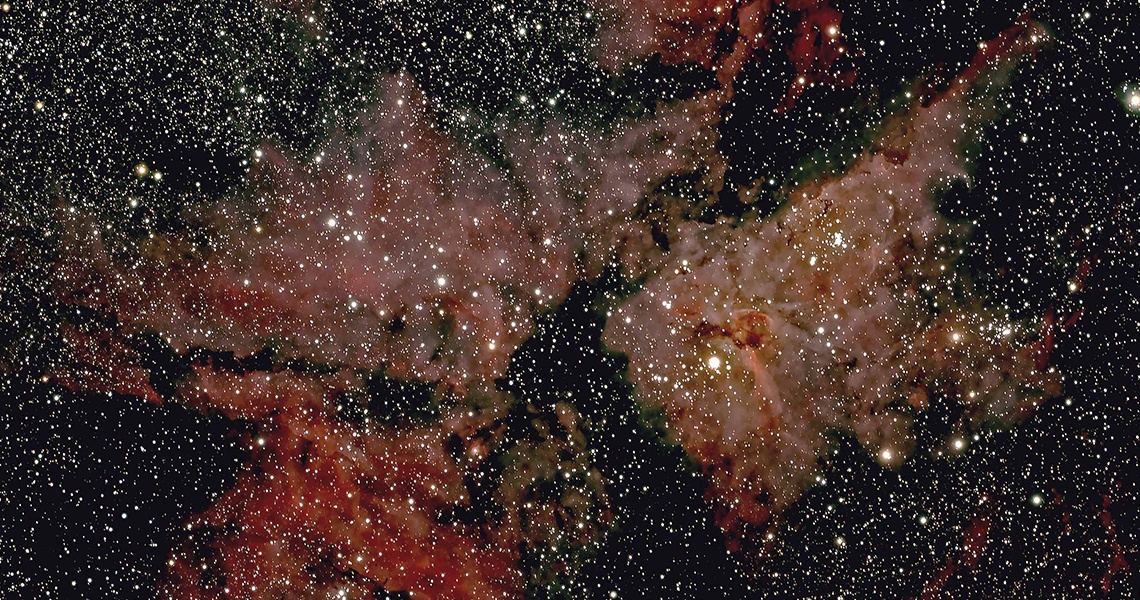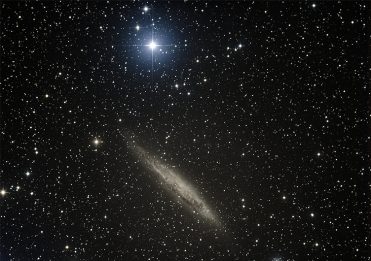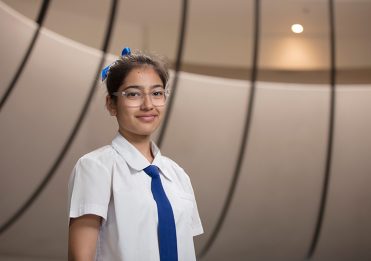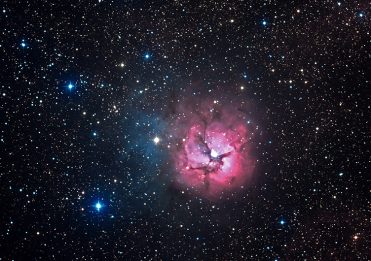Since the launch of the Observatory in October 2017, students in Years 7, 8 and 9 have used its remotely operated robotic telescopes to identify, capture and process images of celestial objects.
As part of World Space Week 2018, the School is sharing some of these student images of galaxies, nebulas and star clusters.
By working with digital and colour image sensors, the students produced full-colour astrophotography images of their chosen object, before using photo-editing techniques to remove light pollution and clarify detail.
Principal, Ms Jacinda Euler, said that the Observatory nurtures curiosity among students, encouraging deeper engagement with Science subjects through to the Arts.
‘This year, Girls Grammar students have been exposed to outer space in ways that have challenged their existing knowledge and promoted critical thinking, inspiring a sense of wonder at our universe,’ Ms Euler said.
‘With the launch of the federal government’s Australian Space Agency, Elon Musk’s ambition to take us to Mars and new advances in detecting gravitational waves, among other discoveries, today’s secondary school students are surrounded by examples of the impact of space study.
‘Grammar girls using the observatory access professional equipment and software that will prepare them to become active participants in space research, seek emerging roles in the field of astronomy and gain transferrable life skills,’ Ms Euler said.
Students have learned about the technology and equipment used in astrophotography by studying the School’s refracting telescope, a lens-based telescope with a cooled colour image sensor, and operating it remotely via specialised software.
Year 8 Girls Grammar student, Holly Eddington, said using the Observatory had deepened her interest in Science.
‘It is intimidating, yet exciting, to learn about how much is actually out there in Space, and how tiny we are compared to the vast expanses of matter.
‘By using the Observatory, we have the chance to think about what else might be out there, and what science has yet to discover,’ Holly said.
Data captured at the Dorothy Hill Observatory has already been submitted to the All-Sky Automated Survey for Supernovae project (ASASSN), based at Ohio State University.
As more learning modules are developed and taught by Girls Grammar teachers, students will be able to record quantitative primary data for use in professional research.
As part of World Space Week 2018, the Dorothy Hill Observatory has featured in The Australian and on ABC Radio.


